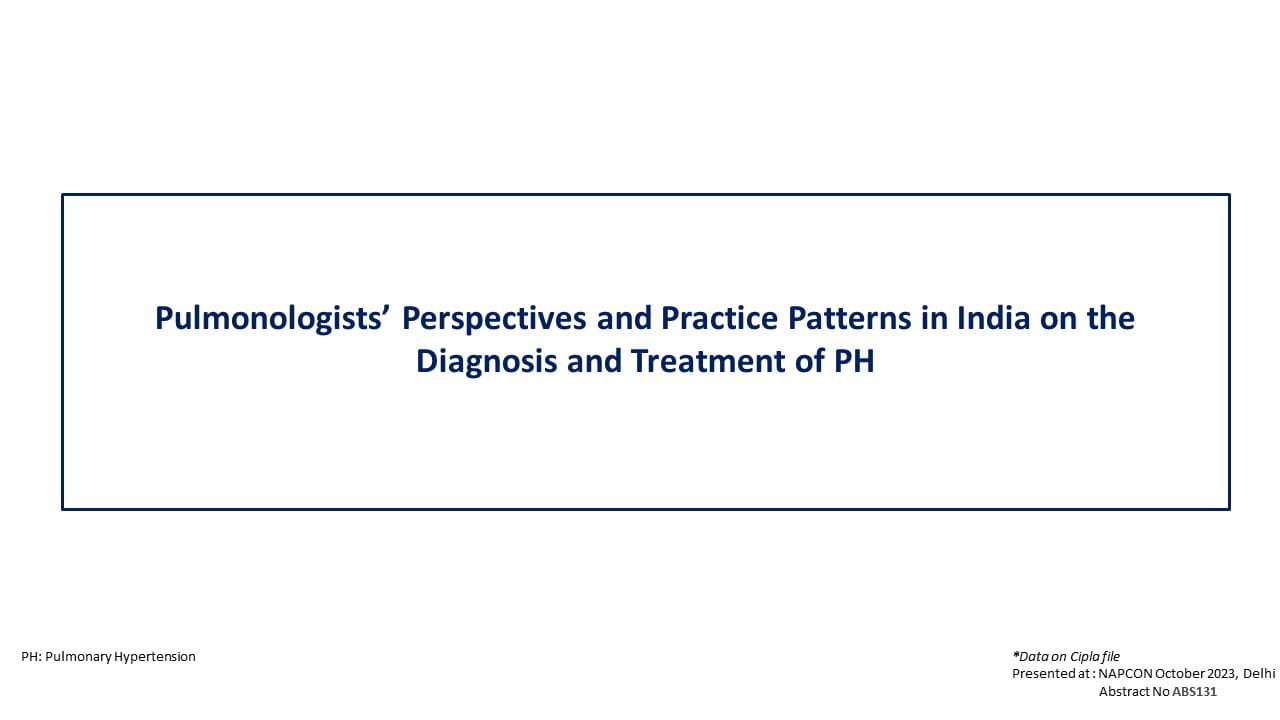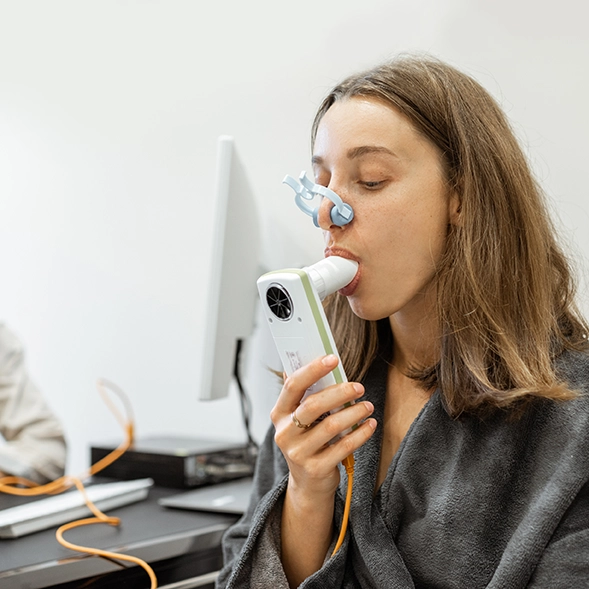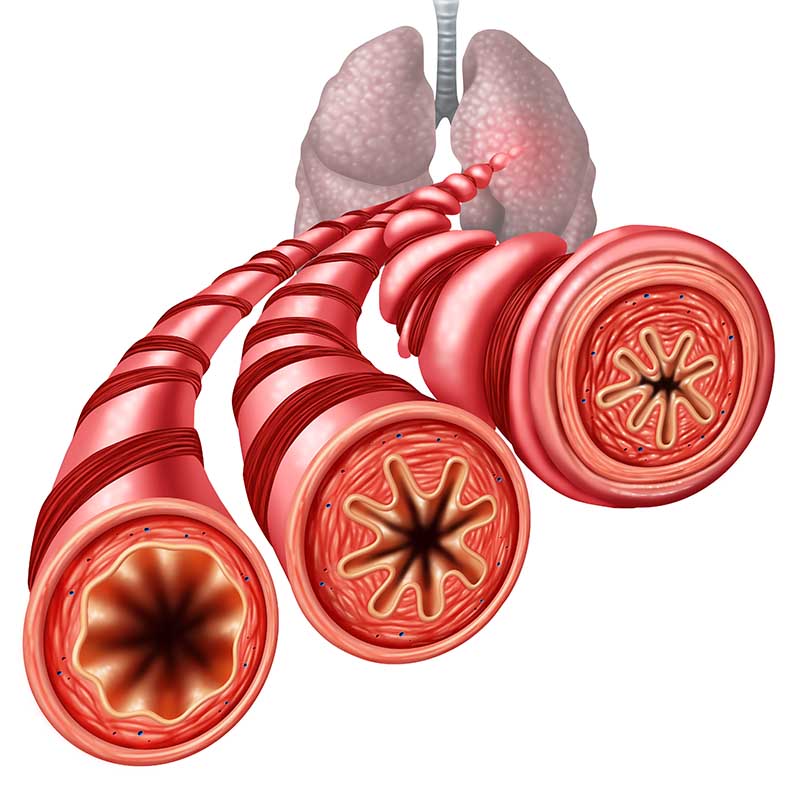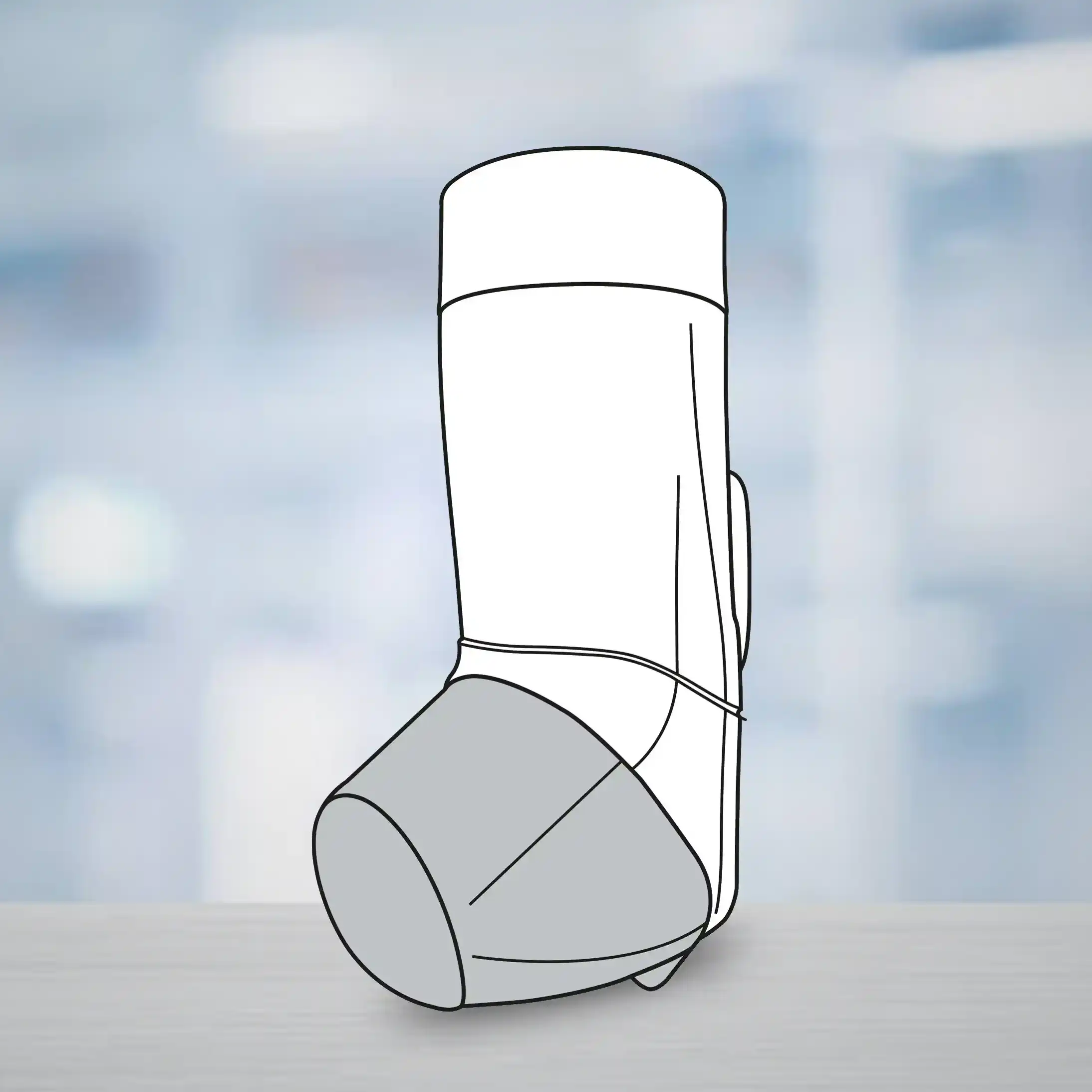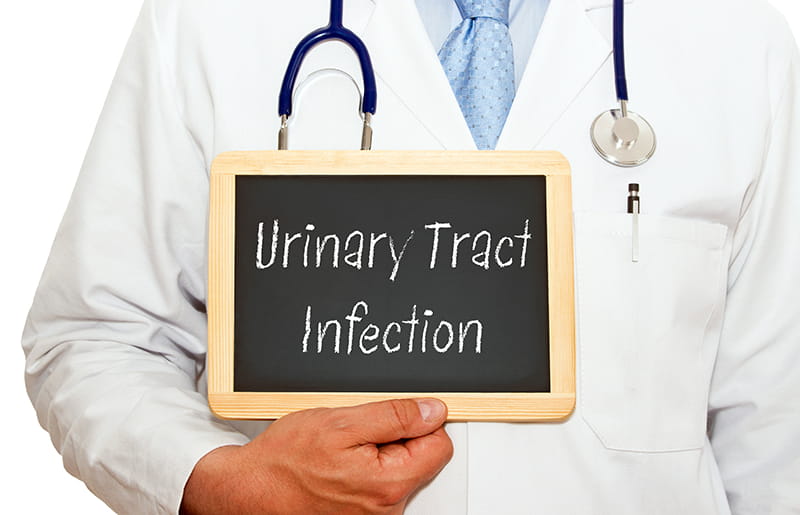Case of Leptospirosis With Multiorgan Dysfunction Syndrome, Including Acute Kidney Injury, Myocarditis, Hepatitis, and Pancreatitis
Case Presentation
A 42-year–old male patient with no known comorbidities presented to the emergency room with complaints of:
- Body pain and fever for 3 days
- Accompanied by sudden-onset breathlessness with orthopnea
Upon arrival, he was found to be in shock and, therefore, was started on dual inotropic support.
He was subsequently admitted to the intensive care unit (ICU) and placed on non-invasive ventilation (BiPAP) due to an impending respiratory failure.
The patient also developed anuria and was started on continuous renal replacement therapy (CRRT). Additionally, platelet transfusion was administered to manage thrombocytopenia.
Echocardiography revealed myocarditis and the patient was given heparin, anti-platelets, and diuretics.
Medical History
The patient had no significant medical history.
Physical Examination
On examination, the patient’s vital signs were as follows:
- Pulse rate: 125 bpm
- Blood pressure: 77/46 mmHg, requiring noradrenaline and vasopressin
- Oxygen saturation: 100% on 15 L oxygen via a simple face mask
Systemic Examination
- Respiratory system: Auscultation equal breath sounds, basal crepitations
- Cardiovascular system: S1, S2 +
- Per abdomen: Soft, non-tender
- Central nervous system: No focal neurological deficit, no limb weakness
Systemic examination revealed basal crepitations in the respiratory system and normal heart sounds. The abdomen was soft and non-tender.
Laboratory Investigations
Laboratory investigations revealed the following:
Hematology Reports
|
Day 1 |
Day 2 |
Day 3 |
Day 4 |
Day 5 |
Day 6 |
Day 7 |
Day 8 |
Day 9 |
Day 10 |
|
|
Hemoglobin (gm%) |
13.2 |
12.5 |
11.2 |
11.6 |
11.9 |
12.2 |
12.7 |
12.4 |
12.2 |
12 |
|
PCV (%) |
38.3 |
36.6 |
29.7 |
34.9 |
||||||
|
WBC count (cells/µL) |
12,800 |
13,660 |
8870 |
7200 |
15,230 |
18,780 |
17,630 |
13,980 |
13,450 |
11,710 |
|
ESR (mm/hour) |
61 |
|||||||||
|
Platelets (cells/µL) |
32,000 |
31,000 |
8870 |
63,000 |
70,000 |
1,12,000 |
1,33,000 |
3,77,000 |
||
|
PT (seconds) |
13.8 |
14.4 |
||||||||
|
INR |
1.13 |
1.22 |
||||||||
|
aPTT (seconds) |
30.2 |
30 |
aPTT: Activated partial thromboplastin time; ESR: Erythrocyte sedimentation rate; INR: International normalized ratio; PCV: Packed cell volume; PT: Prothrombin time; WBC: White blood cell count.
Biochemistry Reports
|
Day 1 |
Day 2 |
Day 3 |
Day 4 |
Day 5 |
Day 6 |
Day 7 |
Day 8 |
Day 9 |
Day 10 |
|
|
Sodium (mEq/L) |
138 |
138 |
137 |
142 |
143 |
141 |
138 |
138 |
136 |
|
|
Potassium (mEq/L) |
3.6 |
3.8 |
3 |
3.6 |
2.8 |
3.4 |
3.9 |
4.3 |
4.3 |
|
|
Blood Urea (mg/dL) |
100 |
74 |
54 |
75 |
58 |
|||||
|
Creatinine (mg/dL) |
5.2 |
2.3 |
1.2 |
1 |
0.9 |
0.9 |
0.7 |
0.7 |
0.7 |
0.8 |
|
TB (mg/dL) |
2.3 |
3.8 |
5 |
5.8 |
4 |
2.4 |
||||
|
DB (mg/dL) |
1.4 |
3.1 |
4.1 |
4.9 |
1.4 |
|||||
|
SGOT (U/L) |
62 |
285 |
210 |
108 |
54 |
60 |
||||
|
SGPT (U/L) |
49 |
76 |
126 |
104 |
76 |
56 |
||||
|
ALP (U/L) |
82 |
41 |
45 |
75 |
||||||
|
TP (U/L) |
5.5 |
5.6 |
6 |
5.9 |
||||||
|
Albumin (g/dL) |
3 |
2.9 |
3 |
2.9 |
2.8 |
|||||
|
Globulin (g/dL) |
2.5 |
2.7 |
3 |
3 |
||||||
|
Calcium (g/dL) |
6.5 |
8.1 |
8.7 |
8.1 |
ALP: Alkaline phosphatase; DB: Direct bilirubin; SGOT: Serum glutamic oxaloacetic transaminase; SGPT: Serum glutamic pyruvic transaminase; TB: Total bilirubin; TP: Total protein.
Additional Investigations
- Procalcitonin: 53.7 ng/mL
- Lipase: 2034 U/L
- Blood and urine cultures: Sterile
- Leptospira transcription-mediated amplification nucleic acid test: Positive
Imaging Studies
- Ultrasonography of the abdomen: Borderline hepatomegaly with grade 1 fatty changes, moderately distended gallbladder with edematous wall and minimal pericholecystic fluid, mildly prominent left pelvicalyceal system, and bilateral mildly enhanced renal echoes
- Computed tomography of the abdomen: Bulky pancreas with minimal peripancreatic fat stranding, bilateral minimal pleural effusion (right > left) with collapse-consolidation of underlying lung segments
Diagnosis
The patient was diagnosed with leptospirosis with multiorgan dysfunction syndrome, including acute kidney injury (AKI), myocarditis, hepatitis, and pancreatitis.
Management
The patient was managed with a combination of intravenous (IV) antibiotics, including:
- Injection meropenem 1 g IV
- Injection ceftriaxone 1 g IV
- Injection doxycycline 100 mg IV
The importance of doxycycline as an empirical treatment in the management of leptospirosis cannot be overstated.1 Doxycycline is a tetracycline antibiotic that is highly effective in the treatment of leptospirosis, especially in the early stages of the disease.2 It works by inhibiting protein synthesis in the Leptospira bacteria, leading to their rapid clearance from the body.3
In addition to antibiotics, the patient received supportive care, including:
- CRRT for the management of AKI
- Inotropic support for the treatment of shock
- Steroids and diuretics for the management of myocarditis and other organ involvement
- Tramadol for pain management
- Nebulization and other supportive measures
Follow-up Outcome
- The patient's condition gradually improved with the administration of appropriate antibiotics, including doxycycline, and supportive care.
- He was weaned off mechanical ventilation and extubated on day 6 of hospitalization.
- Steroids were gradually tapered, and the patient was mobilized and shifted to the ward.
- The patient's renal function improved, and he was discharged after a successful recovery.
Case Discussion
Leptospirosis is the most important zoonosis in the world. Affected patients are typically young men.4
The incidence of leptospirosis is 10–100 cases per 100,000 population/year in humid tropics. However, the incidence appears to be higher, with some studies reporting a seroprevalence of anti-Leptospira antibodies of up to 33% in asymptomatic individuals.5
Figure 1: Transmission of Leptospira and the development of leptospirosis with its clinical manifestations
The figure 1 demonstrates the transmission of Leptospira and the development of leptospirosis with its clinical manifestations: (A) Leptospira are strictly anaerobic bacteria belonging to the spirochetes genus; (B) Infected rodents, dogs, pigs, cattle, and horses are the typical vectors of Leptospira; (C) The route of infection is through direct or indirect contact with contaminated tissues, urine, soil, or water; (D) The incubation period is usually 8–12 days; (E) Pathophysiological and clinical manifestations of leptospirosis.5
Leptospirosis can progress from a relatively mild, less harmful disease to severe multiorgan failure, which carries a high risk of mortality.5
In leptospirosis, AKI can arise from several contributing factors, including the direct nephrotoxic effects of Leptospira, hyperbilirubinemia, rhabdomyolysis, and hypovolemia. The primary histological features of AKI in leptospirosis are acute interstitial nephritis and acute tubular necrosis. Notably, leptospirosis-induced AKI is typically non-oliguric and associated with hypokalemia.4 An interesting aspect of this case is the development of pancreatitis, a rare complication of leptospirosis. While acute pancreatitis is a less common manifestation of leptospirosis-related multiorgan dysfunction, it has been documented that many patients develop hemorrhagic or necrotizing pancreatitis several days after the onset of the disease.6
The most severe form of leptospirosis, Weil’s disease, occurs when the pathogen spreads widely in the bloodstream, leading to high fever (>40°C), circulatory collapse, liver and kidney failure, pulmonary dysfunction, neurological changes, and coagulation abnormalities. The disease's mortality rate can reach up to 22%, depending on the quality of healthcare, environmental conditions, and public health policies.7
Antibiotic treatment is efficient in the early, late, and/or severe phases.4
The cornerstone of treatment in this case was doxycycline, a tetracycline antibiotic that plays a crucial role in managing leptospirosis.2 Doxycycline acts by inhibiting protein synthesis in the Leptospira bacteria, effectively halting their growth and replication.3 Doxycycline, at a dose of 200 mg every week, has demonstrated an efficacy of 95% against leptospirosis and may help prevent the disease in exposed adults.8
Overall, the cure rate of doxycycline in leptospirosis was found to be a high 96.5%.2 Thus, doxycycline was an excellent choice of initial antimicrobial treatment in this case.2
The patient was initially started on empiric triple antibiotic therapy, including doxycycline, ceftriaxone, and metronidazole. This broad-spectrum approach was prudent given the initial uncertainty of the diagnosis and the severity of the patient's condition.
In leptospirosis, ceftriaxone can be used as an alternative or in combination with doxycycline, especially in severe cases.2,8
In a study, ceftriaxone was administered to 21 patients with severe leptospirosis directly after admission and culture sampling, and all of the patients fully recovered within 14 days of hospitalization.9
Given the patient's severe presentation and abdominal symptoms, metronidazole was included in the initial regimen to cover potential anaerobic infections, although it is not specifically indicated for leptospirosis.10
The management of this case also highlights the importance of supportive care in severe leptospirosis:
- Respiratory support: The patient required high-flow oxygen therapy for acute respiratory failure.6
- Fluid and electrolyte management: Intravenous fluids were crucial in managing the patient's AKI and electrolyte imbalance.6
- Close monitoring: The patient's transfer to the ICU allowed for intensive monitoring and rapid intervention as needed.6
This case highlights the importance of early recognition and prompt initiation of appropriate antibiotic therapy, including doxycycline, in the management of leptospirosis with multiorgan dysfunction syndrome. The timely and comprehensive management of this patient, including the use of doxycycline, contributed to the favorable outcome.
Conclusion
This case underscores the potential severity of leptospirosis and the importance of early recognition and appropriate treatment. Doxycycline played a central role in the management, demonstrating its effectiveness in treating severe leptospirosis. The initial broad-spectrum antibiotic approach, followed by targeted therapy with doxycycline alone, illustrates the importance of adjusting treatment based on clinical findings and diagnostic results.
The case also highlights the need for comprehensive supportive care in managing multiorgan dysfunction. The rare complication of pancreatitis serves as a reminder to clinicians to be vigilant for uncommon manifestations of leptospirosis, especially in patients with predisposing factors.
Lastly, this case emphasizes the importance of considering leptospirosis in the differential diagnosis in patients presenting with multiorgan dysfunction, particularly in endemic areas or in patients with a history of freshwater exposure. Prompt initiation of appropriate antibiotic therapy, with doxycycline as a key component, along with meticulous supportive care, is crucial in managing severe leptospirosis and improving patient outcomes.
References
- Cross R, Ling C, Day NPJ, et al. Revisiting doxycycline in pregnancy and early childhood: Time to rebuild its reputation? Expert Opin Drug Safe. 2016;15(3):367–382.
- Phimda K, Hoontrakul S, Suttinont C, et al. Doxycycline versus azithromycin for treatment of leptospirosis and Scrub typhus. Antimicrob Agents Chemother. 2007;51(9):3259–3263.
- Moffa M, Brook I. Tetracyclines, glycylcyclines, and chloramphenicol. In: Mandell, Douglas, and Bennett’s Principles and Practice of Infectious Diseases. Elsevier; 2015. pp. 322–338.e6.
- Francesco Daher E, Livia K, Junior G. Leptospirosis-associated acute kidney injury. J Bras Nefrol. 2010;32(4):400–407.
- Chávez-Iñiguez JS, Cabrera-Aguilar JS, Garcia-Garcia G, et al. Acute kidney injury and acute liver failure in Leptospira infection and Weil’s syndrome. J Ren Hepat Disord. 2020;4(2):21–28.
- Mazhar M, Kao JJ, Bolger DT Jr. A 23-year-old man with leptospirosis and acute abdominal pain. Hawaii J Med Public Health. 2016;75(10):291–294.
- Liu YH, Chen YH, Chen CM. Fulminant leptospirosis presenting with rapidly developing acute renal failure and multiorgan failure. Biomedicines. 2024;12(2):435.
- Leptospirosis Treatment & Management: Approach Considerations, Diet and Activity, Transfer. Available at: https://emedicine.medscape.com/article/220563-treatment. Accessed on: 09 August 2024.
- Raptis L, Pappas G, Akritidis N. Use of ceftriaxone in patients with severe leptospirosis. Int J Antimicrob Agent. 2006;28(3):259–261.
- Weir CB, Le JK. Metronidazole. In: StatPearls. Treasure Island (FL): StatPearls Publishing; 2024. Available at: http://www.ncbi.nlm.nih.gov/books/NBK539728/. Accessed on: 09 August 2024.


